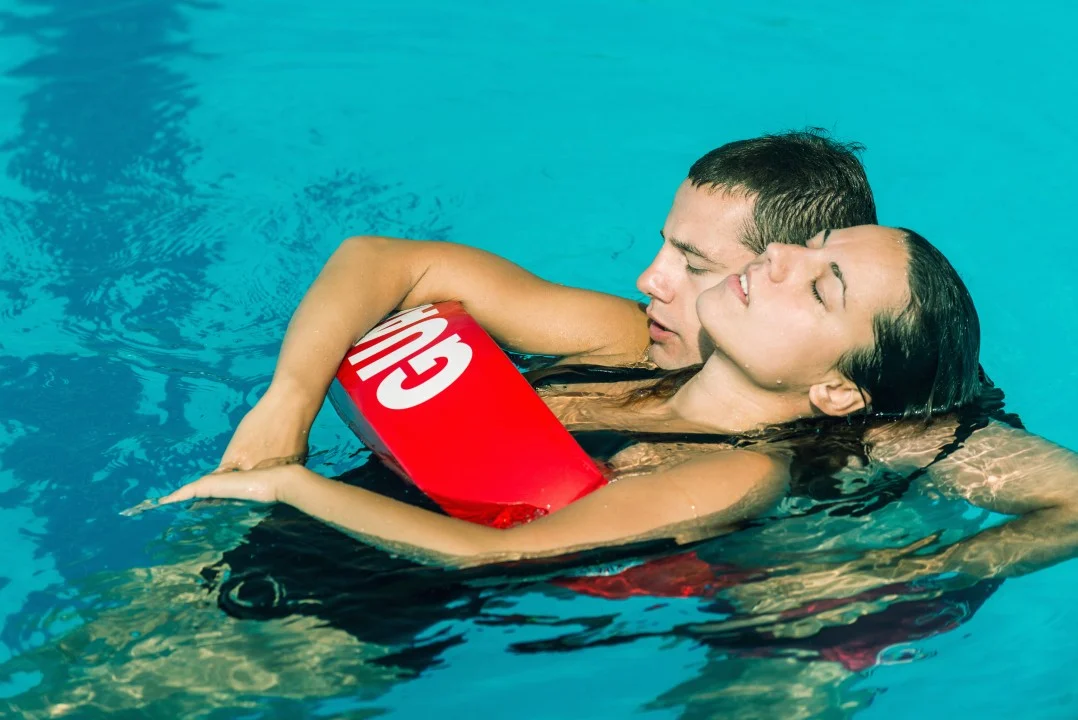How Lifeguards Save Lives: Real Stories and Rescue Strategies
Lifeguards play a critical role in ensuring safety in and around water. Their job is more than just sitting on a high chair by the pool or beach. It involves vigilance, physical readiness, and the ability to respond instantly during emergencies. In this article, we’ll explore how lifeguards save lives through real-life examples and dive into the rescue strategies that make their work so effective.
1. Constant Vigilance and Situational Awareness
Lifeguards are trained to maintain constant awareness of their environment. They scan the water methodically, often using a 10:20 rule — scanning every 10 seconds and being able to reach any swimmer in trouble within 20 seconds. This habit ensures early detection of trouble, minimizing the chances of drowning or injury.
Example:
At a crowded community pool, a lifeguard noticed a young child bobbing unusually close to the bottom. Despite the noise and distractions, their keen observation allowed for a swift intervention. The child was safely pulled from the water and did not require hospitalization — all thanks to the lifeguard’s alertness.
2. Effective Use of Rescue Equipment
Lifeguards are trained to use specialized tools like rescue tubes, backboards, and spinal injury kits. The correct use of this equipment helps make rescues safer for both the victim and the rescuer.
Example:
In one case, a swimmer sustained a spinal injury after diving into shallow water. The lifeguard recognized the signs of spinal trauma and used a backboard to immobilize the swimmer until paramedics arrived. Proper technique prevented further injury and possibly long-term paralysis.
3. Strong Communication Skills
Lifeguards often work as part of a team. Effective communication — through whistles, hand signals, radios, or verbal commands — is vital for coordinating rescues and managing large crowds.
Example:
During a surf rescue, a rip current pulled two swimmers far from shore. The primary lifeguard radioed for backup and signaled another to assist. With synchronized effort, the team rescued both swimmers without delay, proving how clear communication can be lifesaving.
4. Quick Decision-Making in High-Stress Situations
Emergencies don’t allow time for second-guessing. Lifeguards are trained to assess situations rapidly and make life-or-death decisions under pressure.
Example:
During a triathlon, an athlete collapsed in the water mid-race. The lifeguard quickly assessed the unconscious swimmer, initiated an in-water rescue, and began CPR after reaching shore. The athlete regained a pulse before EMS arrived, showing the importance of swift, decisive action.
5. Mastery of CPR and First Aid
Lifeguards must be certified in CPR, AED use, and first aid. These skills come into play not just in drowning incidents but in cases of heatstroke, cuts, jellyfish stings, or cardiac arrest.
Example:
A beachgoer collapsed from heat exhaustion. A nearby lifeguard administered first aid, including rehydration and cooling techniques, while waiting for medical professionals. The intervention helped stabilize the individual and prevented a more severe heat-related emergency.
6. Proactive Prevention Strategies
Preventing accidents is as important as responding to them. Lifeguards educate swimmers, enforce rules, and monitor risky behavior to prevent incidents before they occur.
Example:
At a waterpark, a lifeguard noticed a group of children roughhousing near a deep area. A verbal warning and quick education on safety stopped a potentially dangerous situation. Prevention is often invisible, but it is the most powerful tool in a lifeguard’s arsenal.
7. Physical Fitness and Endurance
Lifeguards undergo rigorous physical training to maintain the strength and stamina needed for rescues. Swimming against currents, lifting victims, and performing CPR all require peak physical condition.
Example:
A lifeguard at an oceanfront resort rescued three swimmers caught in a rip current. The physical effort to reach, stabilize, and tow them back would have been impossible without sustained endurance and strength training.
8. Adaptability Across Different Environments
Lifeguards work in pools, lakes, oceans, and rivers—each with unique challenges. Understanding these environments allows them to adapt rescue techniques accordingly.
Example:
In a swift-water river rescue, a lifeguard used a throw bag (rope rescue tool) from shore to assist a trapped kayaker. Unlike ocean or pool rescues, the strategy required understanding the river’s current, depth, and the victim’s position — showcasing adaptability.
9. Ongoing Education and Simulation Training
Lifeguards must participate in continued education and realistic scenario training to sharpen their skills. Regular drills ensure that lifeguards stay current with protocols and refine their techniques.
Example:
A lifeguard team at a municipal pool conducts monthly rescue simulations, including active drowning scenarios, spinal injuries, and CPR drills. This consistent practice enhances confidence and performance during real emergencies.
10. Mental Toughness and Emotional Control
Emergencies can be emotionally intense. Lifeguards are trained to remain calm, think clearly, and act rationally—even when lives are at stake.
Example:
After rescuing a child who stopped breathing, a Certified lifeguard continued performing CPR with calm precision until paramedics arrived. Later, the child’s parents credited the lifeguard’s poise under pressure with saving their child’s life.
Final Thoughts
Lifeguards are unsung heroes who combine physical strength, technical skill, and emotional resilience to protect others. Their role is proactive, reactive, and deeply human. Whether it’s preventing accidents or pulling someone from the brink of death, lifeguards perform life-saving actions every day — often without recognition.
By understanding the strategies they use and appreciating the stories behind their work, we gain a deeper respect for the profession and a better awareness of how to stay safe in aquatic environments.

